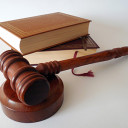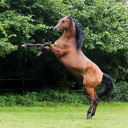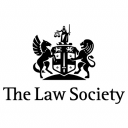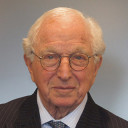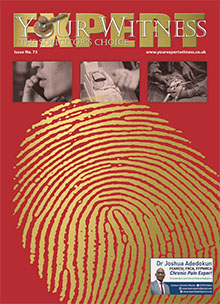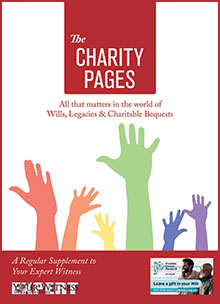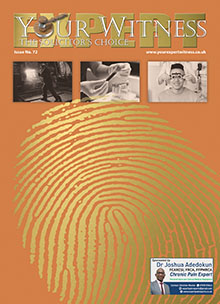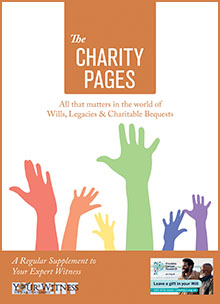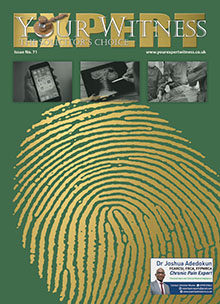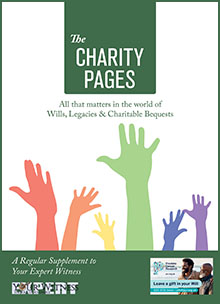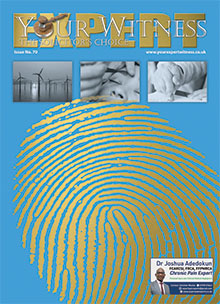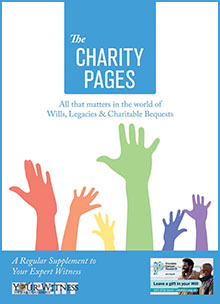 THE ROLE required of a noise consultant as expert witness cannot easily be defined. Different styles of expert testimony seem to be required in different forms of tribunal. Pitching this just right appears to be at least as important as the technical content of the evidence itself.
THE ROLE required of a noise consultant as expert witness cannot easily be defined. Different styles of expert testimony seem to be required in different forms of tribunal. Pitching this just right appears to be at least as important as the technical content of the evidence itself.
For example, in a recent noise abatement notice appeal heard by a district judge, there were several days of very detailed debate over the academic minutiae of noise measurement and analysis technique. On both sides noise consultants appeared convinced that the witness who was better able to defend the rigour of their methods would prevail.
Keen on detail
In his judgement, however, the district judge expressed his frustration with this academic debate, making it clear that he had not been greatly assisted in the fundamental assessment of reasonableness – or the lack of it – in terms of noise nuisance, and was more inclined to base his judgement on lay evidence.
That is not to say that technical details are unnecessary or irrelevant. At a recent, and rather controversial, IPPC licence appeal in Ireland the Environmental Protection Agency representative appointed to chair the hearing was himself originally trained in acoustics and very interested in the detail of the noise evidence presented.
This resulted in an interesting dynamic, as the Irish oral hearing process is geared very much towards accessibility to the public, with extended cross-questioning by third parties. Having been trained in the UK to provide responses only to the decision maker, and to concern oneself only with his/her understanding of the answers, this developed a tension between conversational dialogue with third parties and technically precise responses required by the highly informed decision maker.
The process helps to highlight the mental flexibility required of expert witnesses, which goes beyond a deep and thorough understanding of the field in which they are giving evidence. Some people seem to have an innate (or perhaps carefully developed) ability to make technical evidence and opinion accessible and understandable at the right level for the audience.
The subject areas covered in expert testimony by noise consultants are very diverse. I’ll try to present a flavour of this diversity rather than attempt to compile a comprehensive list.
Claims for hearing loss caused by noise at work are probably the first area that springs to the mind of an external observer.
In my recent experience these cases are in fact relatively rare in that The Control of Noise at Work Regulations are being effectively observed in the vast majority of noisy British industries. The oddities, therefore, where noise exposure might not have been considered at all by the employer, are the cases with which we are more likely to be involved.
Examples of this have been noise levels to which an orthopaedic surgeon is exposed due to power tools used in joint replacement surgery; ambulance engine (not siren) noise exposure of a paramedic; and even music noise levels experienced by an exotic dancer in a gentlemen’s club.
Well prepared
Some increased activity is expected due to the tighter thresholds imposed by the recent revision of the noise at work regulations following the EC Directive (Physical Agents: Noise), but industry seems relatively well prepared, with health and safety officers of larger firms well informed.
Only time will tell, of course, as claims under the new legislation will take some time to surface due to the chronic nature of industrial deafness. The regulations will become applicable, however, to the music and entertainment sectors on 6 April 2008 and for the crew of ships at sea on the same date three years later.
This music sector is thought much more likely to generate claims and resultant expert witness work from the experience of attitudes of employers to the high music noise levels considered necessary to their business.
By far the most active expert witness field in the experience of my practice, however, is the English planning appeal system. Appeals relating to neighbour conflict due to proposed land uses are very common, and noise is often cited as a contributory, if not sole, determining factor.
Flag of convenience
In many of these cases, an expert report from a noise consultant is instructed, then disputed.
Statements of agreed common ground, and of those which aren’t, are prepared. The appeal is called to inquiry, at which experts give evidence and are cross-examined by the opposite side’s counsel, and then questions are asked by third-party objectors.
Only then, on a number of occasions, has it become apparent that the noise levels to be generated by the proposed development in question are not an issue; it is simply a flag of convenience for objections.
An example which crops up with surprising regularity is of infill or ‘backland’ development. A private vehicle accessing a private dwelling adjacent to numerous other private dwellings also accessed by private vehicles is raised as an objection on noise grounds rather than the genuine, although irrelevant, concerns over exclusivity and perceived impact on property value.
In a similar vein, much work associated with existing land uses (eg noise nuisance and enforcement action, retrospection planning and certificates of lawful use, etc) involves neighbour complaints over excessive noise levels which are, in fact, very low indeed.
There seems to have been a shift of emphasis over recent years in these complaints, and more worryingly in the way they are dealt with by local authorities.
An acceptable level of audible noise does not seem to be tolerable from an activity to which one objects. There is a certain logic in this to the objector, but accommodating this view within the decision-making process is clearly unworkable.
If the existence of a timber workshop, boarding kennels, a motorcross circuit or recycling plant in your community is something you are not happy about, and any noise generated by it reminds you of that fact, you aren’t really complaining of a noise nuisance. It would be impossible to make all activities and businesses which are not universally popular completely inaudible at all residences.
Fosters conflict
It does not seem logical or fair to suggest that lower noise levels should be provided for the benefit of those who object, either.
We are left with a situation which fosters conflict between resident expectations and sensible planning decisions, and necessary compromises become difficult and fraught.
The system would benefit greatly from an increased sense of community and tolerance, albeit at the considerable expense of noise consultants engaged in expert witness work.



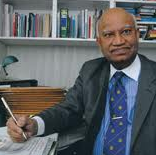 “Speculate before you accumulate. I am a long term regular writer and advertiser in 'Your Expert Witness - the Solicitor’s Choice'. This investment pays me substantive dividends; I get more Expert Witness work with every issue. Not only solicitors and barristers but also judges seem to read it. It is a win-win situation. Success breeds success; I must continue to write and advertise.”
“Speculate before you accumulate. I am a long term regular writer and advertiser in 'Your Expert Witness - the Solicitor’s Choice'. This investment pays me substantive dividends; I get more Expert Witness work with every issue. Not only solicitors and barristers but also judges seem to read it. It is a win-win situation. Success breeds success; I must continue to write and advertise.”




